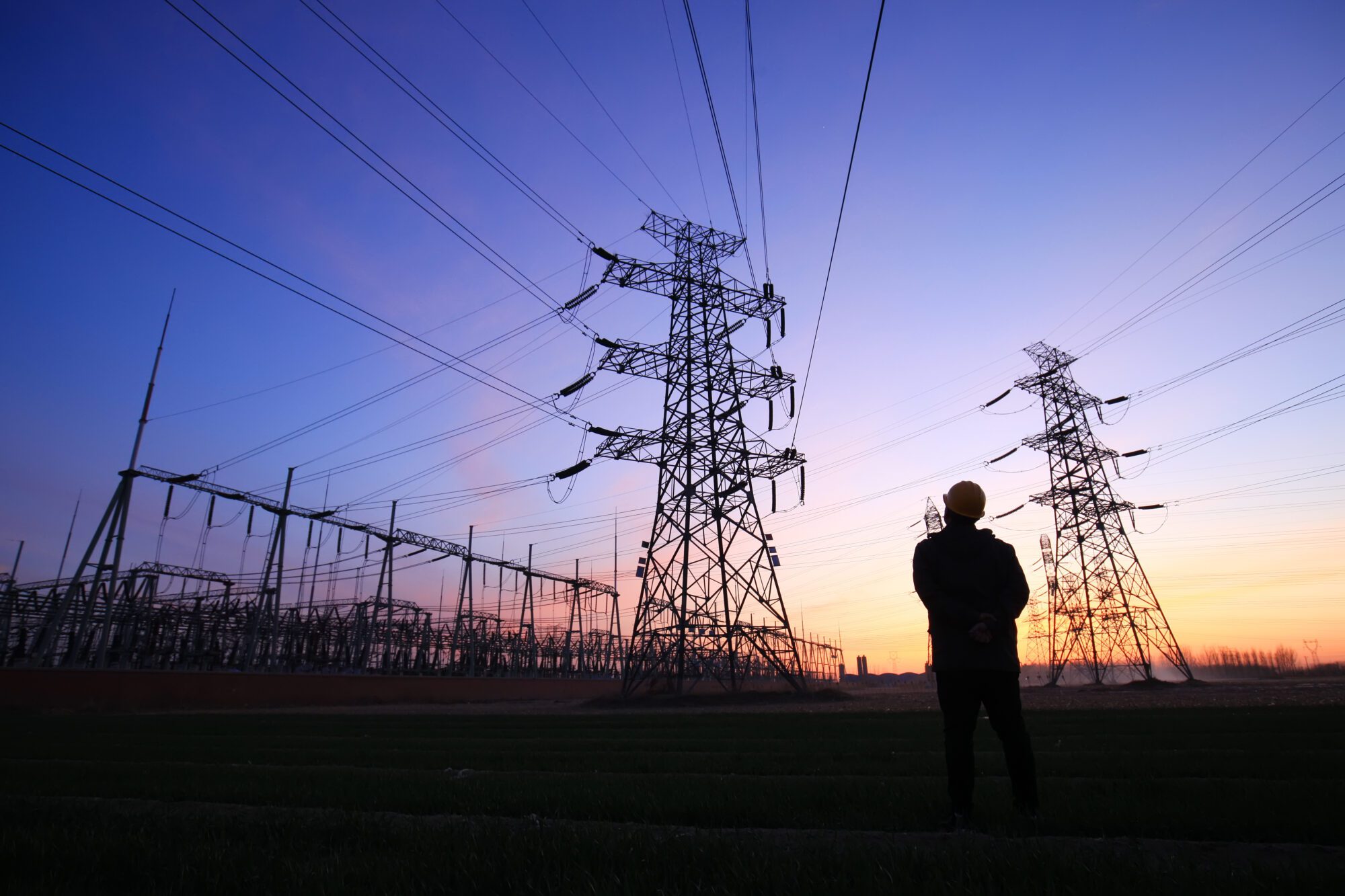Let’s look at a preliminary, top-down jobs estimate based on available national-level data. It’s sensitive to assumptions about how individual chargers are configured into charging stations, how expensive utility grid upgrades are at each charging station, and how utility investments translate into jobs in the economy.
Still, we make generally conservative assumptions and the eventual number of jobs created could be larger. First, while the total number of chargers is based on a projected level of zero-emission vehicle adoption supported by the EPA HDV GHG Phase 3 proposal, in previous analysis we found that market forces, aided by Inflation Reduction Act (IRA) incentives, can support a larger number of zero-emission MHDVs and may draw even greater investments in charging infrastructure. Second, we do not fully account for possible infrastructure investments upstream from the distribution substation to support the largest multi-megawatt installations with peak loads greater than 10 MW.
We arrived at the job estimates in Figure 2 by first aggregating the nameplate capacity of 100 kW, 350 kW, and 1 MW chargers into a total number of hypothetical charging stations. The cost of grid upgrades and connection costs for charging stations were taken from previous ICCT research and utility upgrade cost estimates by the National Renewable Energy Laboratory (NREL). Next, we converted dollars invested in distribution grid capacity into a total number of direct and indirect jobs in the United States required and supported by these investments; this is based on an economic impact analysis of a utility’s substation transformer upgrade costs and other high-level utility infrastructure economic impact studies (here and here). Direct jobs are those related to the core construction and electrical work, for example installing substations and laying feeder lines; indirect jobs are upstream manufacturing, administrative, and other jobs not immediately involved in utility upgrade activities.
Under the most optimistic level of electrification likely to occur with the proposed EPA HDV Phase 3 GHG rule, we project more than 493,000 overnight 100 kW chargers, nearly 17,000 fast 350 kW chargers, and around 12,800 ultra-fast 1 MW chargers by 2032. We estimate up to $21 billion would need to be invested in distribution grid capacity to support these chargers, also by 2032.
These calculations, combined with the behind-the-meter jobs our colleagues estimated, suggest approximately 262,000 direct and indirect full-time equivalent jobs would be necessary to support the most optimistic rates of electrification to meet the EPA proposal by 2032 (Figure 2). More than 94% of these jobs come from what would be needed for utility-side infrastructure deployment. These front-of-the-meter jobs are wide-ranging and include substation construction, laying conduit, wiring, installing transformers and meters, laying feeder lines and their foundations, and manufacturing electrical grid components and assembly of these assets.

